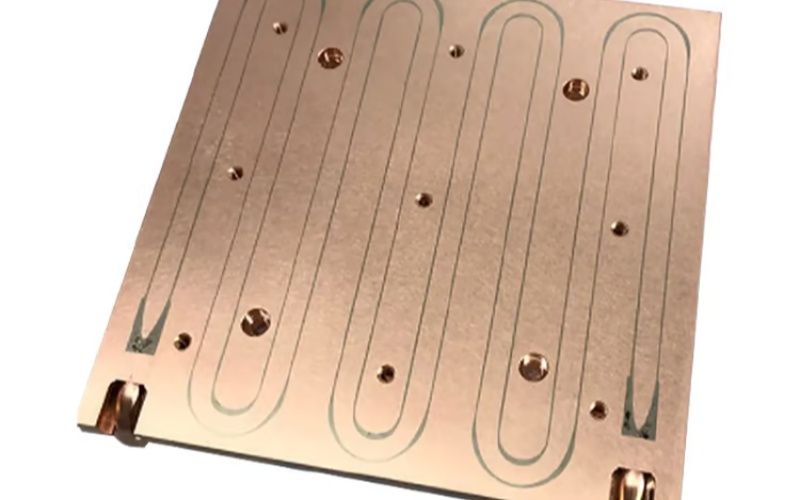Introduction
With electronic devices getting faster and more powerful, they generate more heat than ever before. If your device starts to overheat, it can cause serious problems such as component damage and system crashes. That's where liquid cooling cold plates come in. In this article, we'll discuss the benefits of using a liquid cooling cold plate for your electronics.
What is a Liquid Cooling Cold Plate?
A liquid cooling cold plate is a component that helps keep electronic devices cool. It works by circulating liquid through a plate that is attached to the heat-generating components of the device. The liquid absorbs the heat, which is then carried away from the device and dissipated into the surrounding environment.
Improved Cooling Efficiency
One of the biggest benefits of using a liquid cooling cold plate is the improved cooling efficiency it provides. Because liquid is a much better conductor of heat than air, liquid cooling allows for faster and more effective heat dissipation than air cooling. This means that your device can run at higher performance levels without the risk of overheating.
Better Thermal Management
Another benefit of using a liquid cooling cold plate is better thermal management. With air cooling, the temperature inside your device can vary widely depending on factors such as airflow and ambient temperature. Liquid cooling, on the other hand, provides a more stable and consistent temperature for your device, which can lead to better overall performance and longevity.
Reduced Noise
Many electronic devices use fans to dissipate heat, which can be quite noisy. Liquid cooling, on the other hand, is much quieter than air cooling because there are no moving parts involved. This can be especially beneficial in settings where low noise levels are important, such as office environments or recording studios.
Smaller Form Factors
Because liquid cooling is more efficient than air cooling, it can allow for smaller form factors in electronic devices. This means that manufacturers can create more compact and portable devices without sacrificing performance or risking overheating.
Greater Design Flexibility
Another benefit of using a liquid cooling cold plate is greater design flexibility. With traditional air cooling, designers are limited by the need for fans and ventilation systems. Liquid cooling, however, allows for more creative and flexible design options, which can lead to more aesthetically pleasing and functional devices.
Longer Component Lifespan
Heat is one of the biggest enemies of electronic components. Over time, exposure to high temperatures can cause components to degrade and fail. By using a liquid cooling cold plate, you can extend the lifespan of your components by keeping them at a more stable and cooler temperature.
Environmental Benefits
Because liquid cooling is more efficient than air cooling, it can lead to lower energy consumption and reduced environmental impact. This is especially important in data centers and other large-scale computing operations, where energy consumption can be a major issue.
Lower Maintenance Requirements
With air cooling, dust and other particulates can accumulate in fans and ventilation systems, which can lead to reduced performance and increased maintenance requirements. Liquid cooling, on the other hand, is much less susceptible to these issues, which means less maintenance and lower costs over time.
Conclusion
Overall, using a liquid cooling cold plate for your electronics can provide a range of benefits, from improved cooling efficiency and thermal management to reduced noise and greater design flexibility. Whether you're a consumer or a manufacturer, it's worth considering liquid cooling as a viable option for keeping your electronic devices cool and operating at peak performance.

